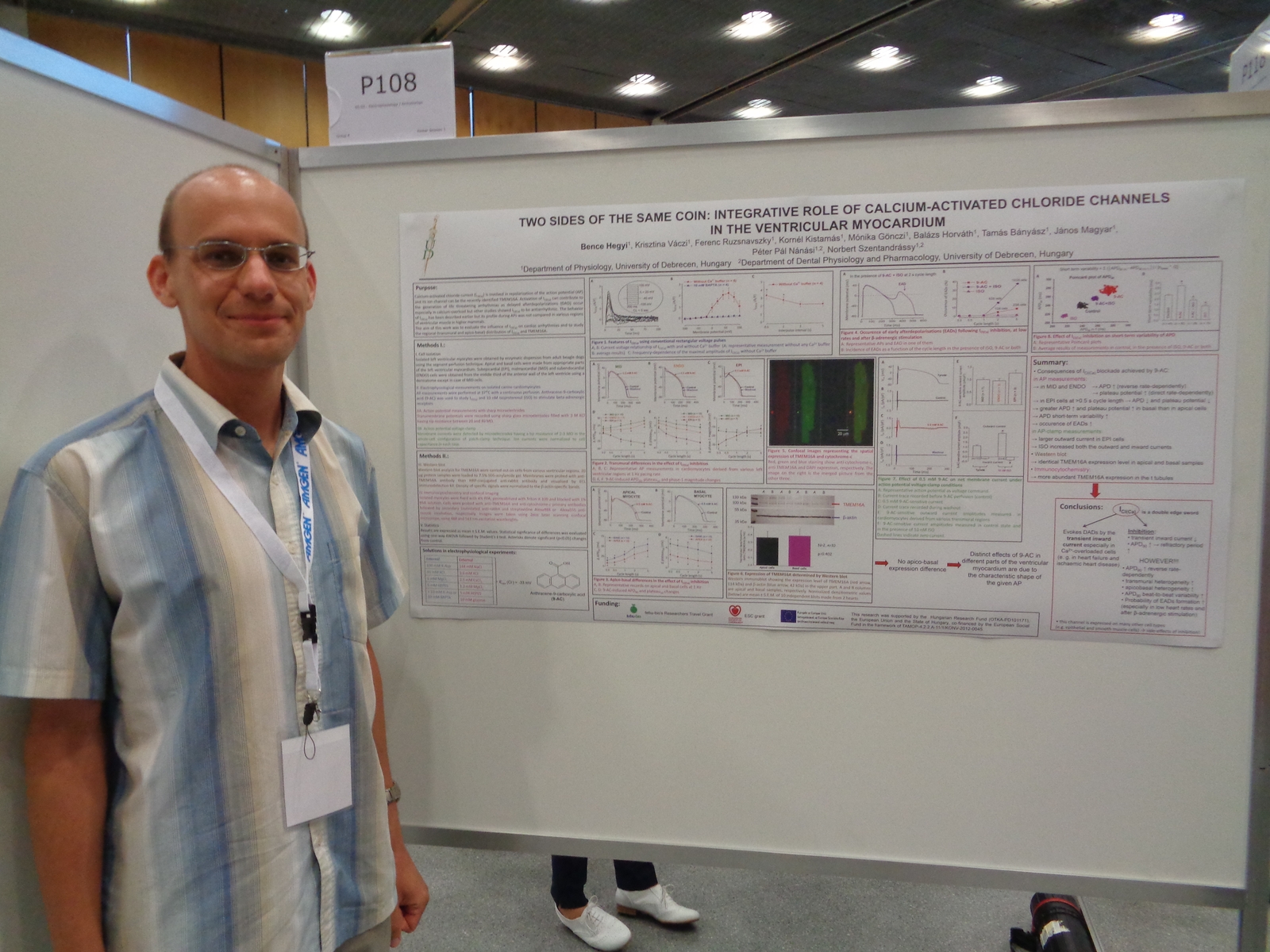
Practicing sport creates sudden pleasant “feelings” (euphoria, anxiolysis, analgesia, euphoria…) also known as the “runner’s high”.
For decades, increased levels of ß-endorphins in the blood were associated to this sport-induced positive perception. Today, German researchers (University Medical Center Hamburg-Eppendorf) reveal that, in mice, the brain’s endocannabinoids (like the lipid-soluble endocannabinoid called anandamide) might also contribute to this well-being mood after running exercise.
This conclusion has recently been published in the PNAS review: Fuss et al. “A runner’s high depends on cannabinoid receptors in mice”(2015) PNAS, vol. 112 no. 42, DOI: 10.1073/pnas.1514996112
Here are some research tools we’ve selected to study the endocannabinoid and endorphine systems in vitro:
- Anandamide
- Anandamide transport inhibitor: AM-404
- TRPV1 Pain Receptor agonists and antagonists,
- Fatty Acid Amide Hydrolase (FAAH) inhibitors blocking Anandamide degradation:
- JNJ-1661010 (10-1298),
- PF-622 associated with pain research,
- URB-597.



